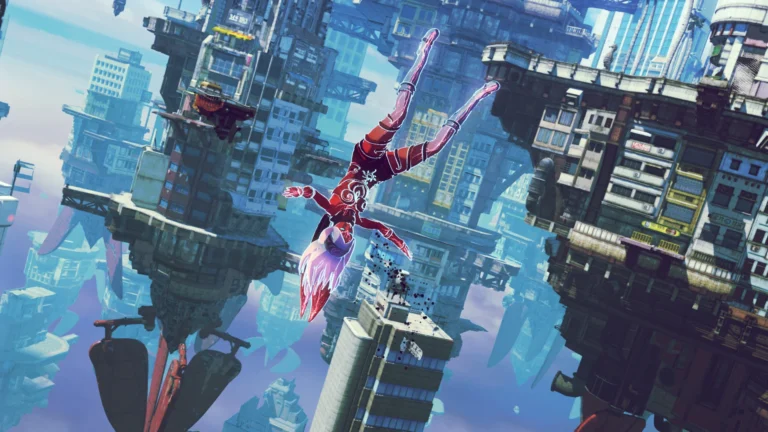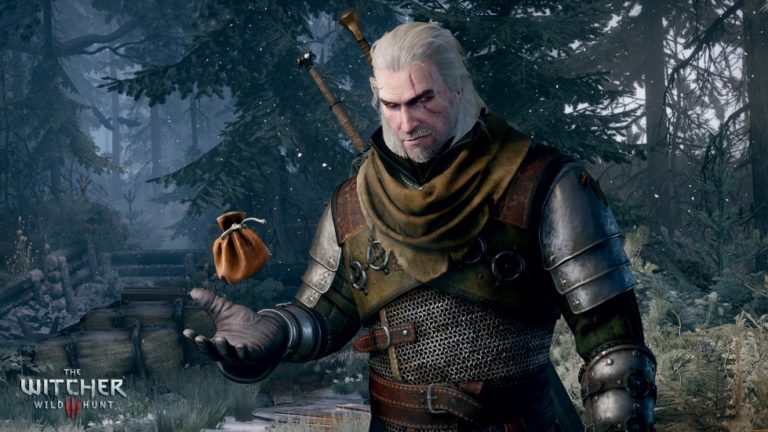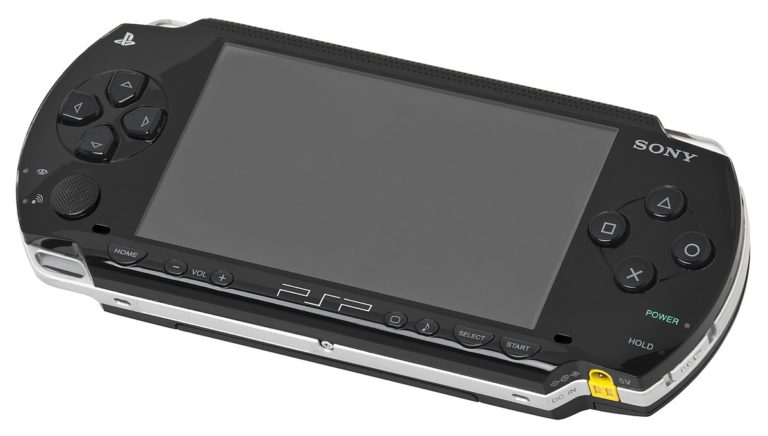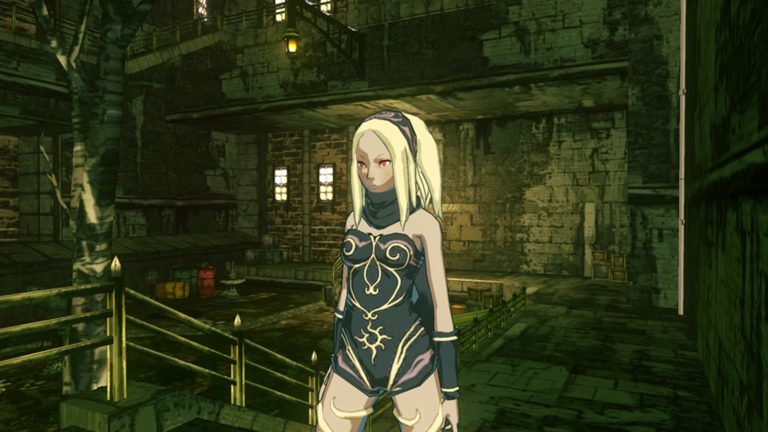50. Demolition Racer (1999, PS1) A childhood classic, Demolition Racer is what it sounds like: combine demolition...
gravity rush
Back in mid-2019 I wrote an article about how I thought that Death Note, popularly considered one...
Love Great Hardware – The PSP was a really great little handheld. It was very well-designed, felt...
It’s no secret that I’m a big PlayStation fanboy – I’ve owned every PS console and handheld...



